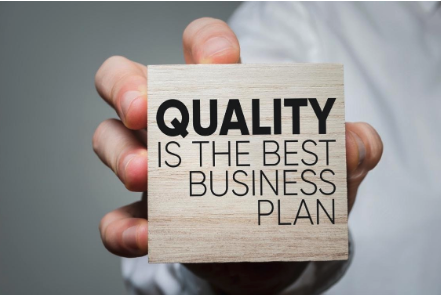3min read
Last month, Pinnaql attended a public meeting to explore and better understand how stakeholders perceive and value the quality of pharmaceutical products. The public meeting was facilitated between the Center of Health Policy at Duke University in partnership with the FDA.
The FDA leadership and staff provided comments on the Agency’s current thinking on quality of pharmaceutical products, which provided us with valuable insights.
In this blog we zoom in on one of the root causes for drug shortages; the fact that currently no rewards are provided for companies who achieve the level of Mature Quality Management Systems (QMS).
Research indicates that both the clinical and financial effects of drug shortages are substantial. More than 60% of drug shortage is caused by quality issues*, as stated in the report by the Drug Shortages Task Forces 2019, issued by the FDA in October 2019.
Three major root causes where highlighted in the meeting, we are zooming in on the Mature QMS:
- Lack of incentives to produce less profitable drugs
- Market does not recognize and reward manufacturers for Mature Quality Management Systems
- Logistical and regulatory challenges make it difficult for the market to recover after a disruption
Manufacturers currently don’t get rewarded nor recognized for achieving ‘Mature QMS’, that focus on a continuous, proactive approach to quality with a focus on performance.

In an effort to address this identified root cause of drug shortages, the FDA drug Task Force offers the following recommendation:
‘creating a rating system to incentivise drug manufacturers to invest in achieving quality management system maturity’.
The rating would evaluate the robustness of a manufacturing facility’s quality system and reward facilities that achieve a high degree of quality system maturity.
A rating system would need to provide clear, concise, objective information about the maturity status of a manufacturing site’s quality management.
Developing a system to measure and provide transparency regarding a facility’s quality management maturity will require engagement from all stakeholders; FDA, industry, academia and other.
Achieving advanced quality management maturity, starts with a foundational quality management system that conforms to Current Good Manufacturing Practices (CGMPs) and builds in elements such as:
- continual improvement,
- enhanced communication that encourages staff to raise issues,
- knowledge management to promote product understanding,
- manufacturing infrastructure investment,
- supply chain robustness,
- data analytics
- risk-management practices
that all exceed the explicit requirements currently in CGMPs, which can be seen as a more reactive, ‘check the list’ approach and a minimum threshold. CGMPs provide the foundation for quality management systems. The existing regulatory framework, however, does not measure the capacity of a site to ensure ongoing quality supply.
Some examples of performance indicators and behaviors that are indicative for a mature quality management system, as identified by the FDA, together with pharmaceutical manufacturers, trade associations and benchmarking with other industries:
– Strong quality culture:
– demonstrates that product quality and its impact on the patient, drive corporate strategy and decisions. Senior management’s commitment to quality can play a central role in driving quality culture.
– Operational stability:
– helps identify causes of variation and find opportunities for continual improvement
– Effective continual improvement:
– reduction of human error, robust root cause analysis using standardised tools and corrective action and preventive action programs
– The ability of a quality system to consistently and reliably deliver quality product despite desired and undesired changes helps determine how well a system can perform over time, through various conditions including changes in market demand.
In conclusion, quality management maturity can be helpful in driving consistent production of quality product. Implementing Mature Quality Management Systems and linking them with process and product knowledge and the use of effective risk-management practices, help guide the building of quality into the product. It can aid in managing many types of changes to facilities, equipment and processes.
Reach out to Pinnaql in case you want to drive your quality management system forward.
Sources:
https://www.fda.gov/media/131130/download https://www.fda.gov/media/113483/download
